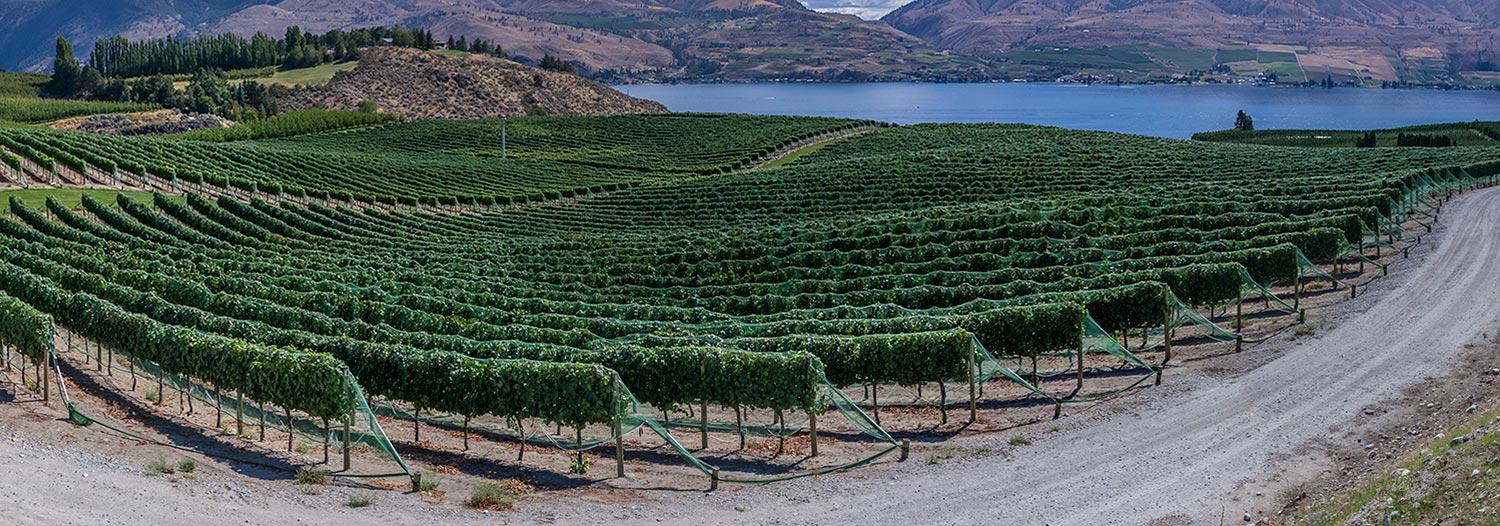Native vegetation data has been captured using several data capture techniques, scales, sensitivities and using plant species information collected from different survey years. Generally the extent of native vegetation cover is mapped first based on the selected source imagery and field based vegetation survey information. The vegetation cover extent mapping is then edited to capture different vegetation types (floristic and structural differences) based on vegetation tones and textures interpreted by the individual vegetation mapper. Some contemporary veg mapping in the arid regions is based on the classification of Landsat imagery. The final vegetation types are recorded as coded mapping groups as polygon attributes. Pre-2004, floristic vegetation mapping for SA was undertaken on a region by region basis as a series of vegetation mapping projects with GIS outputs maintained as individual region-based datasets. However, since 2004, the region-based mapping has been consolidated into a single State-wide dataset. To implement this, all region-based SA floristic vegetation mapping layers were combined using a GIS `update' technique; this process took the coarsest mapping first and progressively updating to the least coarse last to provide a single SA dataset. Region-based layers were added in the following order: Anangu Pitjantjatjara Lands, Nullarbor, Yellabinna, Yumbarra, Unnamed, Stony Desert, Tallaringa, North Olary, South Olary, Flinders, Coongie Lakes, Gawler Ranges, Northern Eyre, Mid North, Murray Mallee, Western Murray Flats, Southern Mount Lofty, Yorke Peninsula, South East, Kangaroo Island, Offshore Islands. No additional linework or attribute edge-matching was undertaken along boundaries as the datasets were brought together. Since 2004 new vegetation mapping is captured directly into the State-wide layer.

